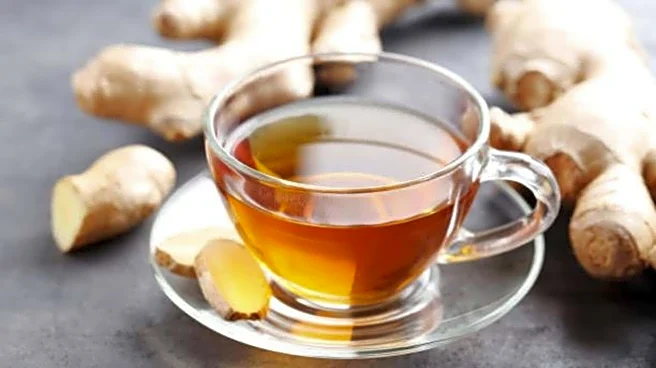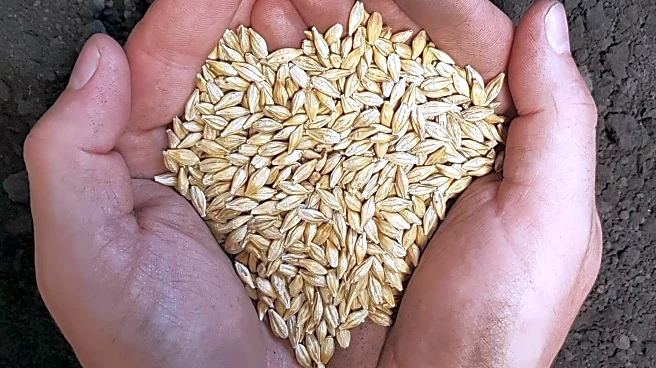In the battle against diabetes and weight loss, GLP-1 drugs like Ozempic and Wegovy have become the biggest buzzwords of the year. They have reportedly shaped celebrity bodies, sparked investment frenzies and entered day-to-day conversations amongst the health enthusiasts.
As global attention stays fixed on weight loss injections and their side effects, a spice so common that it often goes unnoticed on kitchen shelves – black seeds might offer similar slimming benefits. To many, ‘Nigella sativa’ is familiar only as the tiny black seed atop naan or in pickles, but across traditional medicines like Ayurveda, Middle Eastern folk remedies, it has long been called the seed that “cures everything but death.”
Historically, such claims have been dismissed
as poetic exaggeration, yet modern science has slowly begun to investigate these age-old traditions through clinical trials. Researchers from Osaka Metropolitan University appear to have uncovered something remarkable: this unassuming spice may possess measurable anti-obesity effects, lowering triglycerides, improving cholesterol, and even inhibiting the formation of new fat cells.
What Is Black Cumin?
Black cumin (Nigella sativa) has been used for centuries across the Middle East, North Africa and South Asia, as a spice and as a part of traditional medicine for its anti-inflammatory effects and antioxidant properties. To understand the anti-obesity effects of black cumin seeds, the researchers conducted cellular experiments and human clinical trials.
Doctors caution that while the results are promising, black seeds cannot actually replicate the Ozempic formula, but can aid in imitating the weight loss process. Still, the new study itself is compelling: Could a simple spice help address one of the world’s most intractable health challenges? Could our kitchens hold clues to the metabolic future?
A Closer Look At The Study That Sparked Global Interest
The research that triggered this renewed excitement comes from a team led by Associate Professor Akiko Kojima-Yuasa at Osaka Metropolitan University’s Graduate School of Human Life and Ecology. Their findings were published in the journal Food Science & Nutrition, while a broader biochemical analysis of Nigella sativa appeared in a PubMed-indexed September 2025 paper.
The human clinical trial was simple in design but significant in outcome. In an eight-week human trial, just one tablespoon (5g) of black cumin seed powder daily produced significant improvements in lipid profiles – reductions in LDL cholesterol and triglycerides, and an increase in HDL cholesterol.
These shifts in lipid profiles are clinically important. Elevated triglycerides and LDL cholesterol increase the risk of coronary heart disease and metabolic syndrome, making their reduction a valuable outcome even beyond weight management.
Is Black Cumin The New ‘Natural Ozempic’?
“Black seeds (Nigella sativa) function as a traditional food ingredient rather than a pharmacological compound, and therefore cannot be directly compared to a GLP-1 drug like Ozempic. These seeds work by influencing metabolic pathways and inhibiting adipogenesis, making their effects subtle, cumulative and complementary rather than equivalent to medication,” says Dr Rohini Patil, Nutritionist and Founder–CEO of Nutracy Lifestyle.
Clinical nutritionist Kanikka Malhotra adds that black seeds activate AMPK, the body’s master energy sensor, which in turn increases fat oxidation and improves insulin sensitivity. Ozempic’s action is entirely different: it binds to GLP-1 receptors, suppresses appetite, slows digestion and reduces cravings. One enhances cellular energy efficiency; the other regulates hunger and blood sugar through gut–brain signalling.
What Daily Dose of Black Seeds Is Safe?
Nutritionist Kanikka Malhotra notes that 1–2 g/day (around ½–1 teaspoon) is generally safe for 8–12 weeks, after which a short pause helps avoid tolerance. To this, Dr Patil adds that evidence supports a safe intake between 2-5 g/day. The Osaka study used 5 g/day for eight weeks, showing significant lipid improvements. Diabetes-focused research using 2 g/day for 12 weeks found benefits in fasting glucose, insulin resistance and HbA1c levels.
Can Foods or Spices Mimic Any of Ozempic’s GLP-1–Like Effects?
Dr Patil explains that while foods cannot mimic a GLP-1 drug, several can support natural GLP-1 release or improve metabolic responses:
- Soluble fibres like oats, legumes and barley promote SCFA production.
- Healthy fats such as olive oil and avocado slow digestion and enhance satiety.
- Lean proteins, including Greek yoghurt, naturally boost GLP-1.
- Polyphenol-rich foods like berries, dark greens and some spices.
Malhotra adds fenugreek (methi), cinnamon, ginger, psyllium husk, vinegar, chia seeds and high-protein foods as additional GLP-1–supportive options. These slow gastric emptying and help regulate appetite.
Are There Daily Habits That Act Like “Natural Ozempic”?
Dr Patil offers habits that can mimic some effects of GLP-1 drugs in a holistic, non-pharmaceutical way:
- Start meals with fibre and protein to slow digestion and trigger satiety.
- Follow the meal-sequencing rule: vegetables – protein – carbohydrates to reduce glucose spikes.
- Choose snacks combining fibre + healthy fats, and avoid processed foods.
- Hydrate consistently, as thirst often masquerades as hunger.
- Practice mindful eating, chewing slowly to enhance fullness cues.
Together, these habits help control cravings and stabilise insulin responses.
Which Food Combinations Best Prevent Blood Sugar Spikes?
Dr Patil suggests pairing low-glycaemic carbohydrates with protein and healthy fats, such as whole grains with yoghurt, legumes or fish. Adding cruciferous vegetables—broccoli, Brussels sprouts—to meals and incorporating fermentable fibres like chickpeas, lentils, chia or flax seeds can help improve post-meal glucose control through SCFA production.
What Exercises Most Effectively Improve Insulin Sensitivity?
According to Dr Patil, combining physical activity with nutrition is key.
- Strength training increases muscle mass, enhancing glucose uptake.
- HIIT can improve insulin sensitivity more effectively than steady-state exercise.
- Moderate aerobic activity, like brisk walking or cycling for 30–45 minutes, also supports metabolic health.
- Consistency—with sleep, stress management and diet—maximises results.
Malhotra reinforces this: purposeful movement is essential. Even 10–15 minutes of walking after meals helps reduce glucose spikes, while strength training and occasional HIIT sessions promote faster glucose clearance and support early reversal of insulin resistance.
The idea that a kitchen spice could influence fat metabolism may seem surprising in the era of sophisticated injectable drugs. Black cumin is not the “new Ozempic”—but it may help people take back control of their health using accessible, everyday tools.
Both experts emphasise that black seeds show real metabolic promise, as seen in the Osaka University study, but they are not a replacement for GLP-1 medications like Ozempic. Instead, they serve as a useful adjunct within a broader strategy that includes evidence-based nutrition, daily habits, and consistent exercise. Professional guidance is recommended before making major dietary or lifestyle changes.
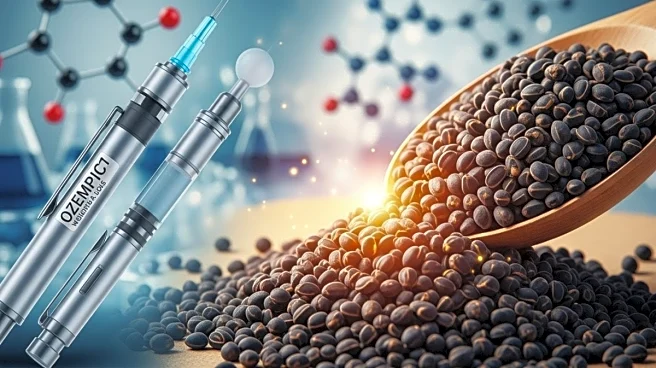



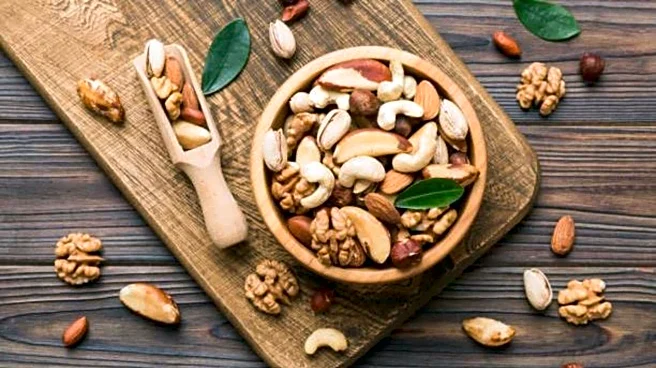
/images/ppid_a911dc6a-image-176354924579652060.webp)

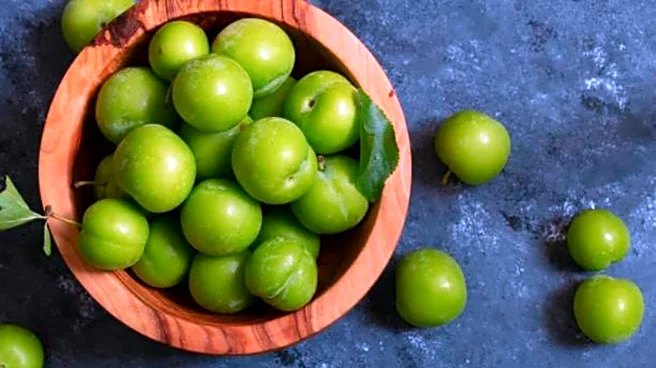


/images/ppid_a911dc6a-image-176346243479692127.webp)



